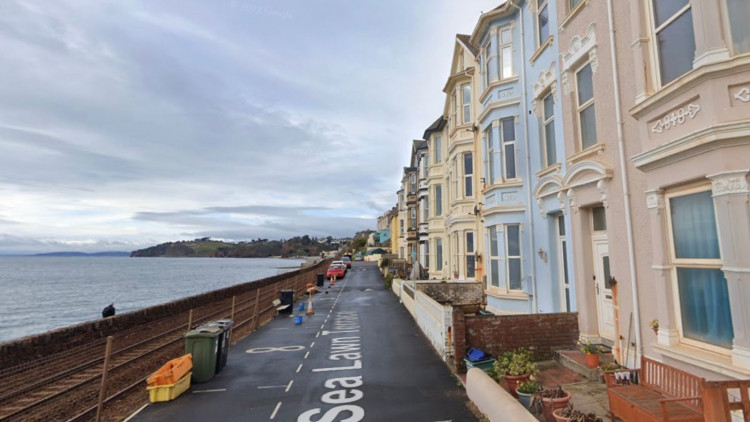Local historian: Historic houses of Dawlish part IV
By Ray Bickel 11th Jun 2023
By Ray Bickel 11th Jun 2023

We continue with our journey around the more important houses of Dawlish.
Langdon House
On the outskirts of Dawlish, a lot of 221 acres was sold to Mr William Cozens of Newton Abbot for £6,667.
He built a large mansion on the land here called 'Paradise' and is understood to have dredged Shutterton Brook so barges containing stone could approach near to the house.
Labour amounted to 16 men, with five servants occupied in the house.
In 1865, Cozens built an institute named after himself on Park Road for the improvement of the working classes. He died in 1871 after endowing the Cottage Hospital.
Electricity arrived in 1918 when the then owner paid Dawlish Electric, Light and Power £200 to erect poles to the property.
In the mid 1930s, the Royal West Country Institute bought much of the land to build seven houses for 360 beds for the mentally ill which became Langdon Hospital.
The mansion was demolished in 1971 but the gates, tree avenue and stable block remains.
Sea Lawn House

Built in the early 1880s, the house was just above the beach with Exeter Road above it. There was also a lodge on the Exeter Road.
Initially, all was peace and quiet, but in 1848 Brunel built his railway within 10 feet of the house with all the associated smoke, dust and ashes.
Mr Powell, the owner, won £8,000 compensation for the inconvenience.
In 1887, George Hirtzel bought the house and adjacent estate. He promptly demolished the house but the Lodge was rebuilt and is now a B&B with good views over the sea.
Meanwhile, Sea Lawn Terrace and San Remo Terrace were built below the Lodge.
----------
Ed: This article is part of local historian Ray Bickel's series on Dawlish history. Use the links below to read previous articles:
Part One: What were the origins of Dawlish?
Part Two: The origins of St Gregory's Church
Part Three: The history of Dawlish's churches
Part Four: The origins of the Lawn and Tuck's Plot
Part Five: Tuck's Plot, the Lawn and the swans at the turn of the century
Part Six: The origins of Brunel's railway
Part Seven: Blowing up cliffs and Brunel's Atmospheric Railway
Part Eight: The early days of the railway
Part Nine: The 2014 storm and plans for a Dawlish avoiding line
Part 10: Pubs of Dawlish, past and present
Part 11: Pubs of Dawlish, past and present part II
Part 12: Pubs of Dawlish, past and present part III
Part 13: Pubs of Dawlish, past and present part IV
Part 14: Pubs of Dawlish, past and present part V
Part 15: Historic houses of Dawlish
Part 16: Historic houses of Dawlish part II
Part 17: Historic houses of Dawlish part III
CHECK OUT OUR Jobs Section HERE!
dawlish vacancies updated hourly!
Click here to see more: dawlish jobs
Share: